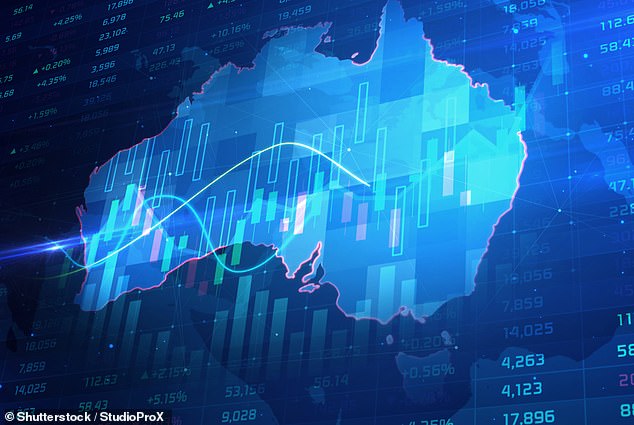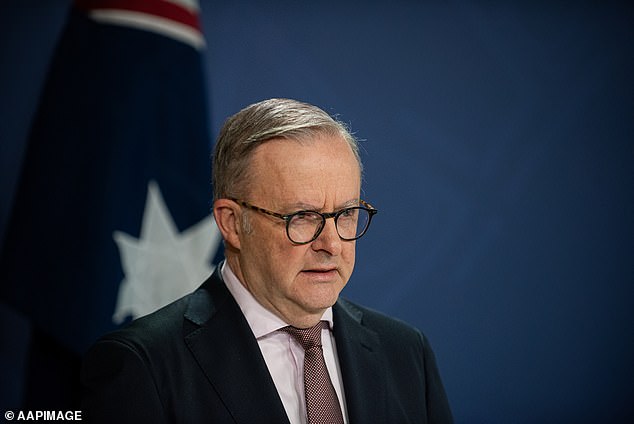The United Nations is issuing dire warnings about inflation in 2024
<!–
<!–
<!– <!–
<!–
<!–
<!–
Rising rents are likely to limit progress on inflation in Australia this year, based on United Nations projections.
The intergovernmental organization sees inflation in Australia and New Zealand falling fairly gradually over the next 12 months, with competitive rental markets largely responsible for the slow progress.
“In Australia and New Zealand, inflation is expected to remain relatively high in 2024 due to the acceleration in rental prices due to housing shortages,” the UN's World Economic Situation and Prospects report 2024 said.
According to UN forecasts, Australian consumer price inflation is expected to decline to 3.3 percent in 2024, before falling to 3 percent in 2025.
Annually, Australian inflation grew by 5.4 percent through the September quarter.
This was down from six percent in the June quarter and well below the peak of 7.8 percent through the December quarter.

Rising rental prices are putting pressure on inflation, with the latest UN projections indicating inflation in Australia will slowly fall (pictured)
The UN consumer price forecasts in the main economic report were not far off the Reserve Bank of Australia's forecasts for inflation to be back within the target range of two to three percent by the end of 2025.
The Ministry of Finance also expects inflation to slow to 3.75 percent this fiscal year, before reaching 2.75 percent in 2024/2025.
Because demand for housing exceeds supply, rental prices continue to rise sharply.
Yet rental price growth remains strong as demand for housing exceeds supply, with rents rising 8.3 percent nationally based on the latest CoreLogic data.
Although annual growth was four times the pre-COVID average, the pace is slowing: the 2023 result was below the 9.5 percent annual increase in 2022 and the 9.2 percent increase in 2021.
Commenting on the economic situation in Australia and other developed economies in Asia, the UN report said the region was facing “strong headwinds”.
The global body has forecast real GDP growth for Australia of 1.9 percent in 2023, up from 3.7 percent in 2022, and a further slowdown to 1.5 percent in 2024.


Demand for housing continues to exceed supply, putting further pressure on the price of housing as the government remains under pressure to ease the cost of living for more millions of Australians (Photo Prime Minister Anthony Albanese)
Weaker-than-expected growth in China and the United States, renewed inflationary pressures and subdued investment growth were highlighted as risks for the region's developed countries in 2024.
“Ongoing geopolitical tensions and uncertainties at the global level – including the escalation of conflict – could exacerbate downside risks to the region's prospects due to its heavy dependence on international trade,” the report said.
Globally, the UN expects to remain below the pre-pandemic growth rate of 3 percent for another year, with global growth slowing from an estimated 2.7 percent in 2023 to 2.4 percent in 2024.
United Nations Secretary-General António Guterres said 2024 is expected to be another difficult year.
He said slow global growth, weak investment, a spiraling debt crisis, devastating conflicts and extreme weather events would “delay and deny” progress on sustainable development.
“2024 must be the year we break out of this quagmire,” he said.
“By unlocking big, bold investments, we can drive sustainable development and climate action and put the global economy on a stronger growth path for all.”
